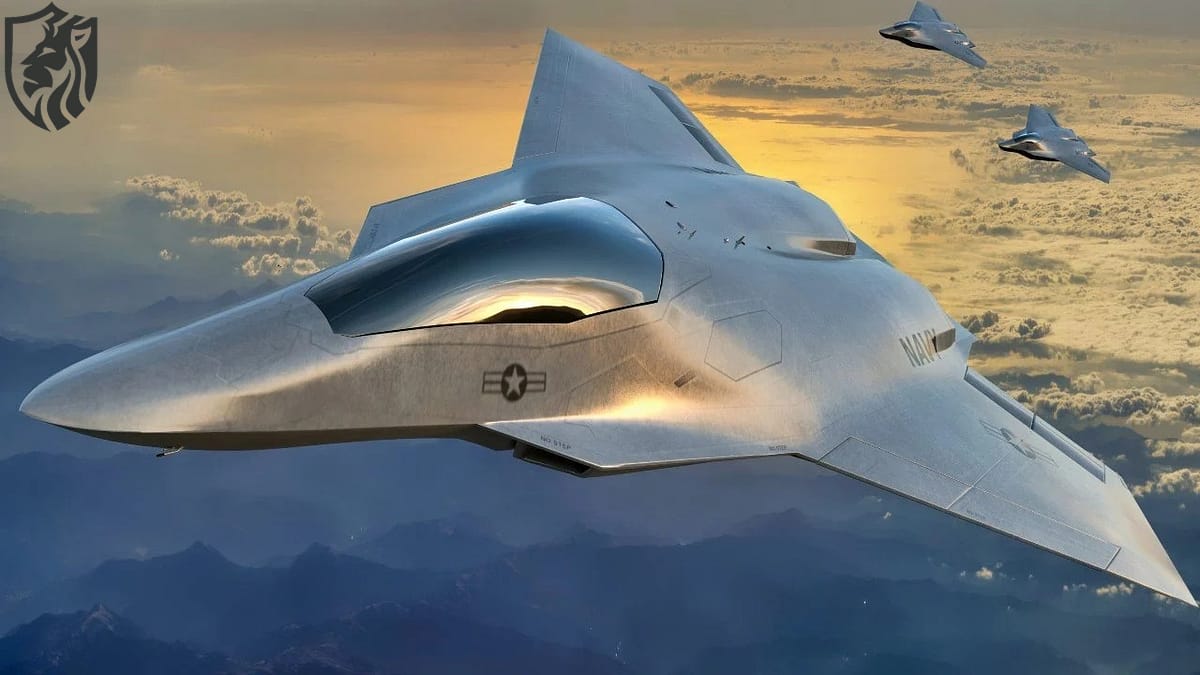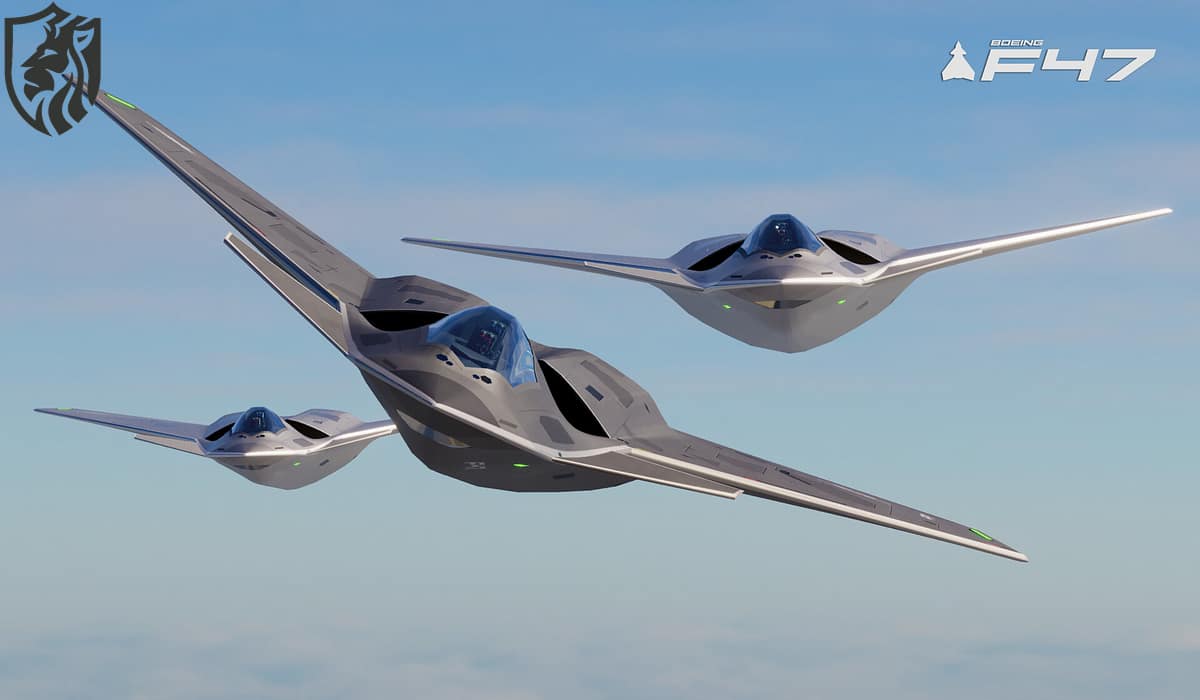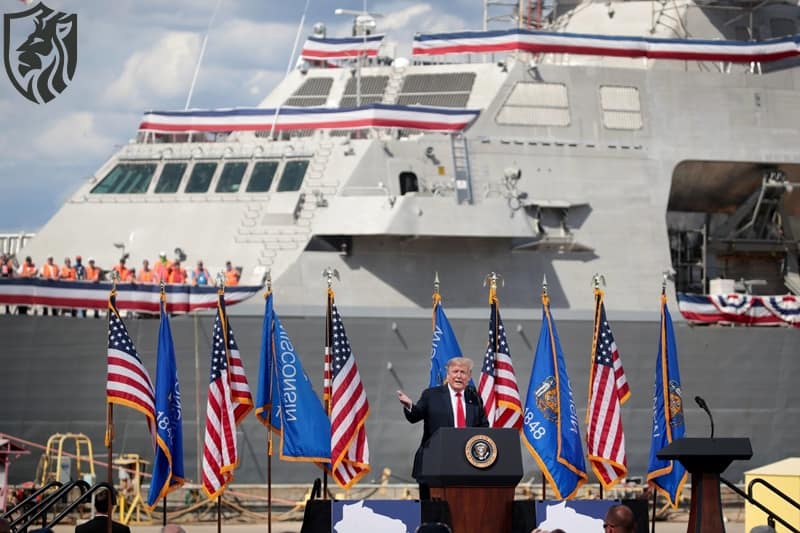
F-47 — Boeing Begins Build, First Flight in 2028
Why the F-47 Sixth-Generation Fighter Matters
The F-47 sixth-generation fighter has moved from concept to reality. Boeing has started building the first article, following the U.S. Air Force’s selection earlier this year. The F-47 sixth-generation fighter is designed to secure future air dominance, replacing the F-22 with deeper range, higher speed, and tighter integration with autonomous wingmen.
Production Has Started—and the Clock Is Ticking
According to Air Force Chief of Staff Gen. David Allvin, Boeing began manufacturing within months of contract award. The Air Force wants speed. Therefore, the F-47 sixth-generation fighter programme is pushing hard toward a first flight in 2028. That schedule signals confidence in the design, supply chain, and factory readiness.
The Mission: Air Dominance at Long Range
The F-47 sixth-generation fighter aims to project power across vast distances. Allvin has flagged a combat radius exceeding 1,000 nautical miles, which is a major leap over current fifth-generation platforms. Longer reach matters in the Indo-Pacific, where bases are dispersed and refuelling can be contested. Consequently, the F-47 sixth-generation fighter is optimised to fight from farther away—and still hit first.

Speed, Survivability, and Sensors
Target performance includes Mach 2+ dash, advanced low-observable shaping, and next-generation mission systems. The F-47 sixth-generation fighter will combine signature control, electronic attack, multi-band sensors, and resilient datalinks. Moreover, modular open-systems architecture should allow rapid upgrades without disruptive redesigns.
Teaming with Collaborative Combat Aircraft (CCA)
A defining feature is piloted-uncrewed teaming. The F-47 sixth-generation fighter will fly with collaborative combat aircraft—autonomous drones that carry sensors, weapons, or decoys. This concept extends the jet’s reach, creates dilemmas for adversary air defences, and preserves the pilot’s survivability. In practice, the F-47 sixth-generation fighter becomes the quarterback, tasking CCAs dynamically across the kill chain.
From NGAD to F-47: Industrial Momentum
Previously known as Next Generation Air Dominance (NGAD), the programme now carries the F-47 designation. Boeing’s St. Louis fighter line provides a deep labour base, proven tooling, and secure digital workflows. As a result, the F-47 sixth-generation fighter can benefit from mature quality systems while introducing new composites, propulsion, and thermal-management technologies.
Force Structure: Replacing the F-22
The Air Force plans to buy at least 185 aircraft, roughly the size of the Raptor fleet. That number reflects a premium capability built for the opening days of conflict. However, overall mass will come from CCAs and upgraded fourth- and fifth-generation aircraft. Therefore, the F-47 sixth-generation fighter will anchor a family of systems rather than act alone.
Strategy: Deterrence Through Dominance
Deterrence depends on credible, visible capability. With range, speed, and uncrewed teaming, the F-47 sixth-generation fighter aims to out-detect, out-decide, and out-shoot high-end threats. It will compress the sensor-to-shooter timeline and exploit electronic warfare to fracture enemy targeting. In short, the F-47 sixth-generation fighter is built to seize the initiative and keep it.

Timelines, Risks, and What to Watch
A 2028 first flight is aggressive. Supply chain resilience, engine maturity, software integration, and CCA autonomy are watch items. Even so, early manufacturing suggests the F-47 sixth-generation fighter is tracking to plan. Watch for propulsion test milestones, sensor fusion demos, and captive-carry trials with CCAs as indicators of schedule health.
Industrial Culture and Morale
Allvin highlighted the energy on Boeing’s shop floor when the award became public. That enthusiasm matters. Skilled workers shorten learning curves, solve issues faster, and protect schedule margin. Thus, the F-47 sixth-generation fighter benefits not only from technology, but also from engaged teams aligned on mission.
What This Means for Allies and Adversaries
Allies will expect interoperability across networks, weapons, and EW libraries. Meanwhile, adversaries must adapt to longer-range, multi-axis attacks where CCAs saturate defences and cloud the picture. Therefore, the F-47 sixth-generation fighter changes both operational geometry and campaign tempo from day one.








